Updated:
Universal Live Betting Strategies
There are several live betting strategies that work well across any sport, whether it’s a team or individual competition. In this case, the bettor doesn’t even need to delve deeply into the nuances of the game, as the main focus is on the odds provided by the bookmaker.
Expectation of Odds Increase
As even novice bettors know, the lower the bookmaker’s odds, the higher the probability of the team or athlete winning. In the case of a significant advantage of the favorite over the underdog, the bet on the potential winner can vary in the range of 1.05–1.3. It is not advisable to place a bet with such odds for a variety of reasons. Moreover, if this sports event is available in the live section of the bookmaker, the bettor can wait for the odds to increase. This situation occurs if the favorite team or player starts the match not very successfully, for example, by conceding the first goal. In this case, there may be a significant increase in the odds, for example, from 1.2 to 1.65. Before making such a bet, the bettor should observe the course of the game. If the favorite team gains momentum, then betting with the new odds is justified.
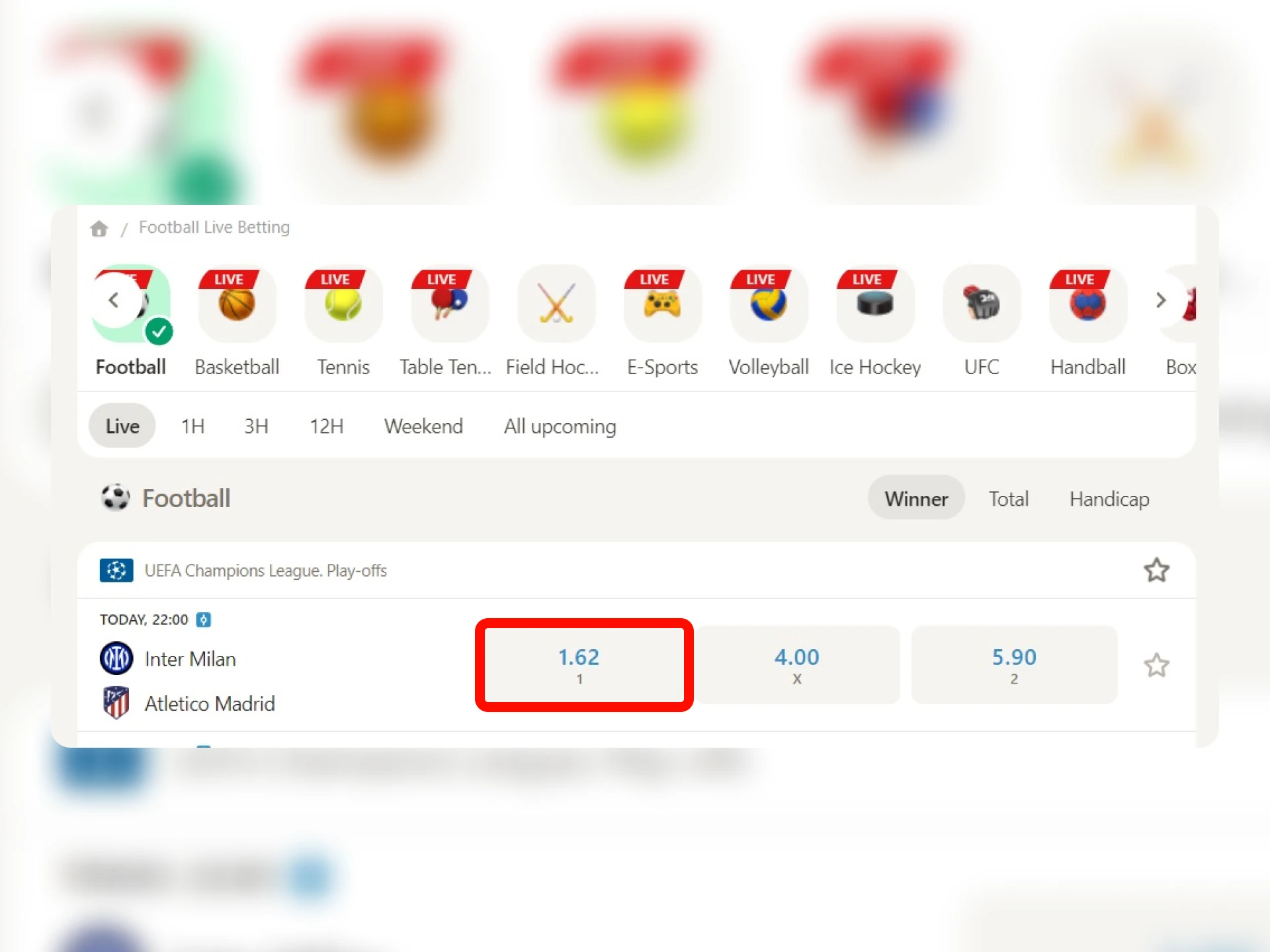
In the example, there is a slight increase in the odds for Inter Milan after 10 minutes into the match against Atletico Madrid.
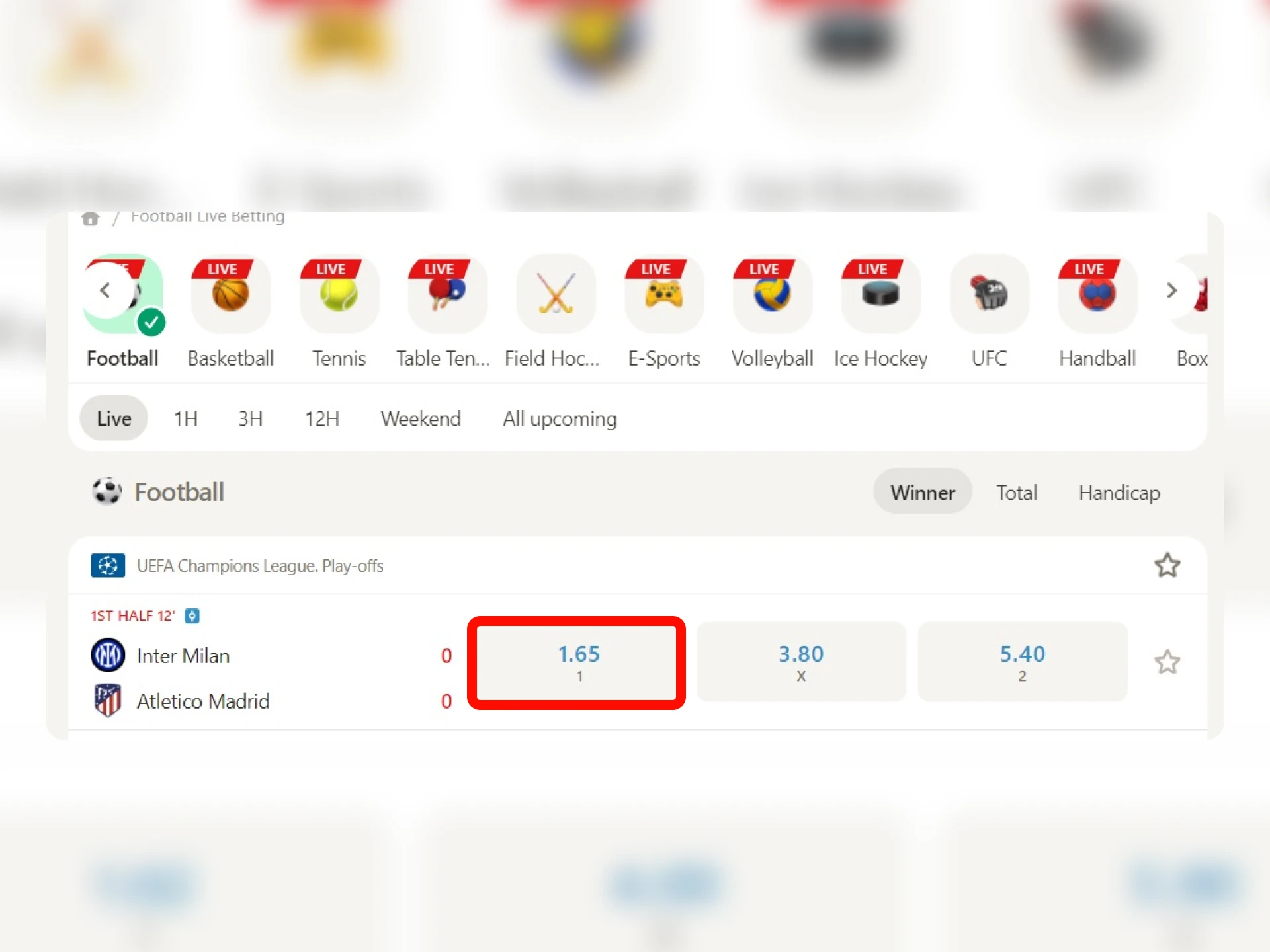
Bet Insurance
Experienced bettors often use live betting to hedge their previous bets. This can be illustrated with the following example.
In a match between Inter Milan and Atletico Madrid, Inter is clearly the favorite with odds of 1.62. The probability of Atletico Madrid winning is extremely low (5.9), making such a bet highly risky.
A draw might be of interest, with odds of 4.00.
However, the probability of a draw in matches of this level is also quite low. Therefore, to hedge the bet, it is necessary to place another one on the possibility of Atletico Madrid scoring at least one goal in this match.
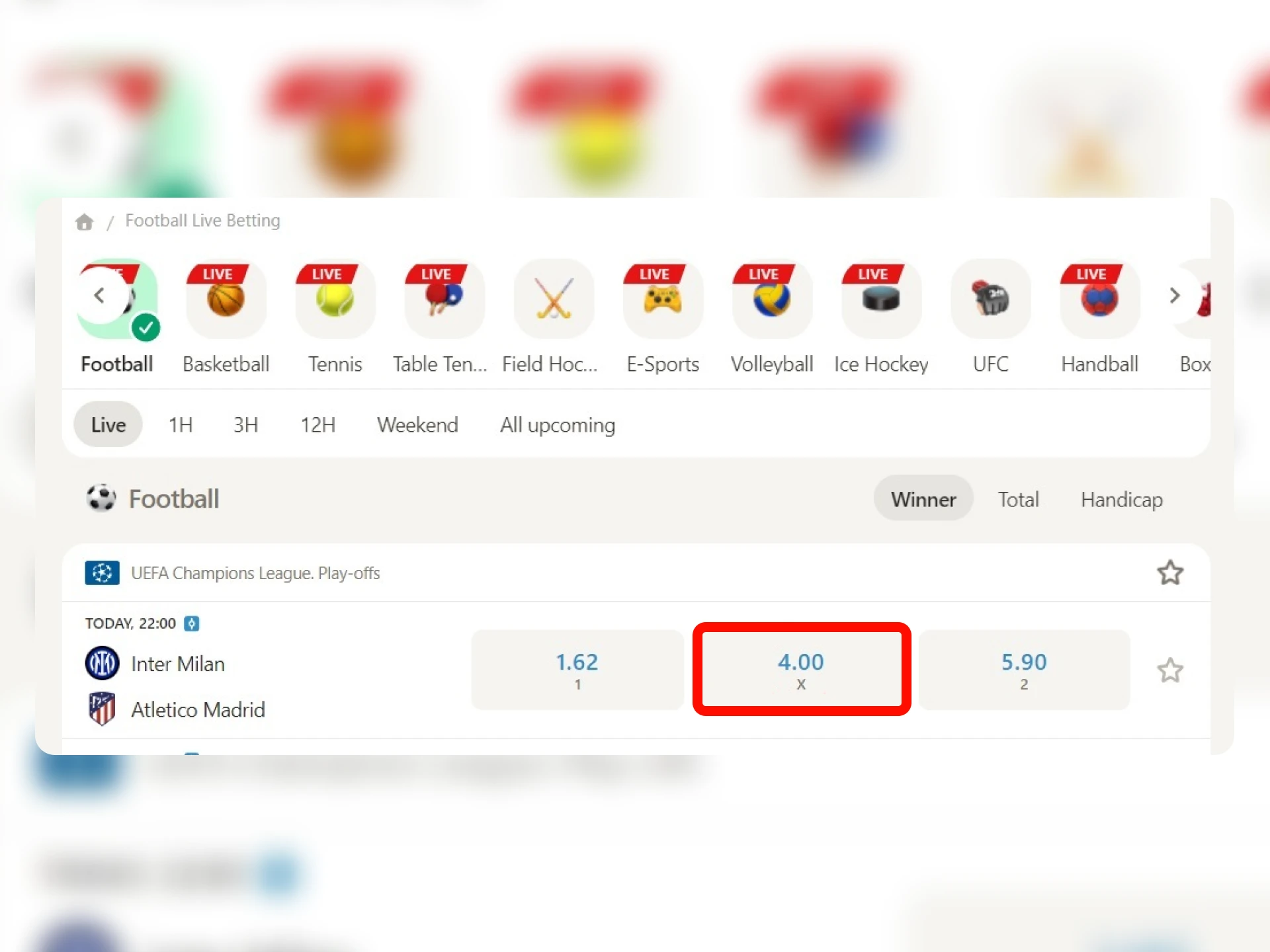
Thus, by placing 100 rupees on each of the events (total expenditure of 200 rupees), the player can potentially win 400 rupees in the first option and 320 rupees in the second option. This completely covers the losing bet and also brings in some profit.
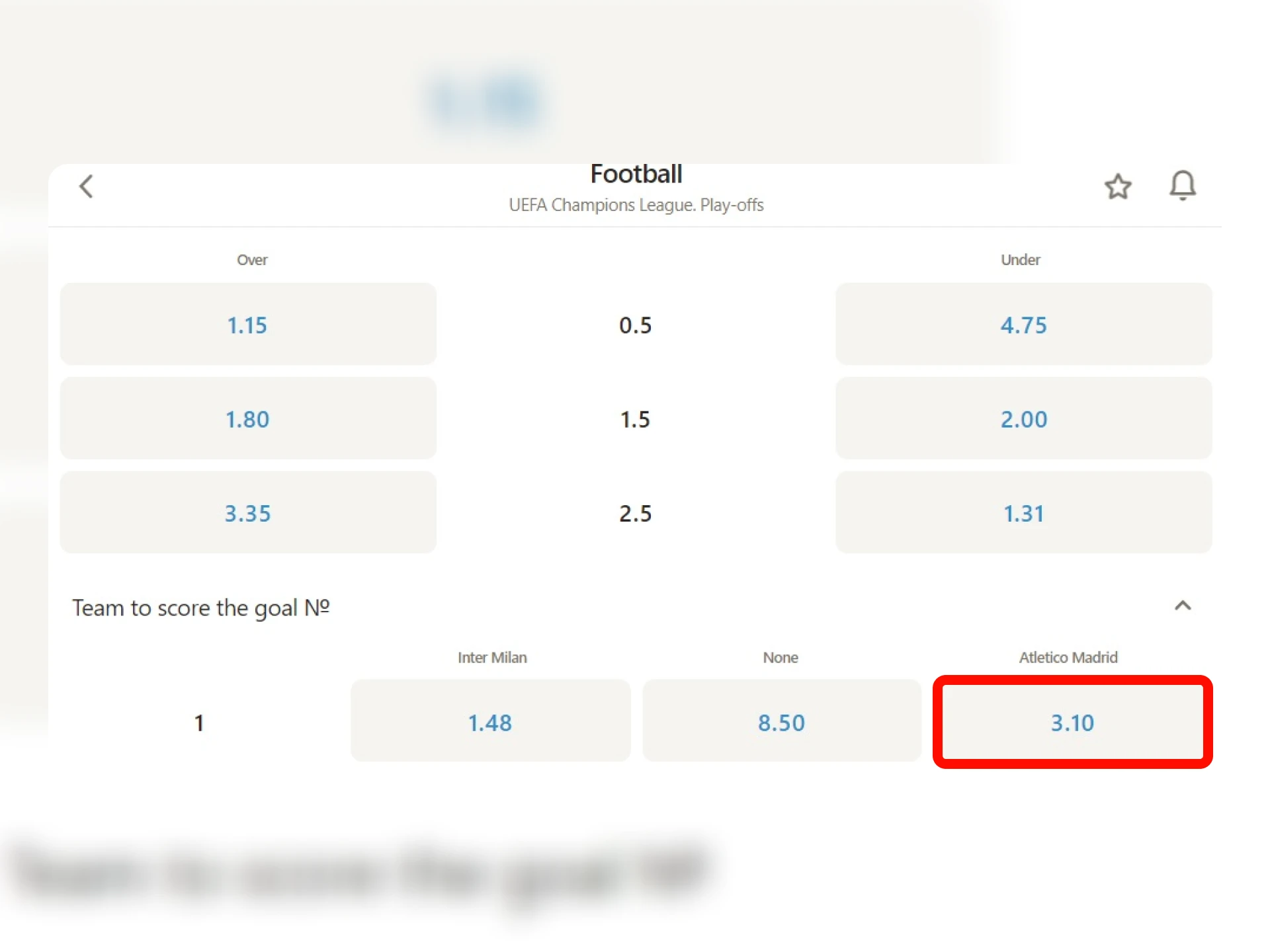
Football Strategies
Since football is one of the most popular sports, a large number of live-betting strategies have been developed for it. Experienced bettors consider the following strategies to be the most effective.
Late Goal
This live bet is placed 10–15 minutes before the end of the match (regular time). The bet is placed on whether there will be at least one more goal scored. It is advisable to make such a bet if the football match meets the following criteria:
- The score is equal or the difference does not exceed one goal.
- Both teams have consistently created dangerous moments near the opponent’s goal, especially in the second half.
- The number of goals is lower than expected by bookmakers or football experts.
- Attacking players were substituted in the second half of the second half.
Corner Betting
A bet that the home team will have at least 3–5 corners. It is placed 20–25 minutes before the end of the second half. This bet is considered highly probable by experts if the match meets the following criteria:
- The home team is losing or drawing.
- In the second half, the away team has almost stopped attacking, and their coach has substituted defenders.
- The home team’s wide attackers and midfielders attempt many long-range shots and crosses towards the opponent’s goal.
- According to bookmakers’ odds, the home team is considered the favorite.
Yellow Card Betting
A bet is placed 20–25 minutes before the end of the match on there being at least 1–3 yellow cards. For the bet to be successful, the match must meet the following criteria:
- The football match is important for both teams or the encounter holds significant importance in the rivalry between football clubs.
- The score is tied or the difference does not exceed one goal.
- The main referee has issued several verbal warnings to players during the game, preferably in the second half.
- Teams have not received any yellow cards or the number of cards they received is significantly lower than anticipated by bookmakers.
Basketball Strategy
One of the main features of basketball matches is the relatively high level of the competing teams. Even the clear underdog, recognized by all bookmakers, almost always wins at least one quarter. Considering this, the strategy for live basketball betting involves doubling each subsequent bet on the underdog to win one of the quarters. However, it is not recommended to make the bet amount exceed two percent of the bank.
For example, if a player’s bankroll is 10,000 rupees, the initial bet on the underdog’s win would be 200 rupees. Therefore, the approximate calculation of further bets would be as follows:
| Bet | Odds | Quarter Outcome | Final Bank Size |
|---|---|---|---|
| 200 | 2.30 | Loss | 9800 |
| 400 | 2.25 | Loss | 9400 |
| 800 | 2.20 | Loss | 8600 |
| 1600 | 2.15 | Win | 10440 |
Betting Strategy in Tennis
To engage in live betting in tennis, it’s necessary to understand specific terminology describing gameplay moments:
- Break: A game won against the opponent’s serve;
- Reverse Break: A game won against the opponent’s serve immediately following a lost game.
In practice, if a clear favorite hasn’t been determined by bookmakers in a match, the odds for a reverse break almost always exceed 2.00. Therefore, if a player breaks their opponent’s serve, it’s advisable to bet on their opponent to win the next game if the match meets the following criteria:
- Women’s tennis or mixed doubles competitions.
- Female athletes have relatively weak serves.
- The game is played on “slow” (clay) courts.
- There is no significant score advantage for either opponent.
Summing Up
All the strategies mentioned above can be divided into two main categories:
- Active: These involve live bets on outcomes based on the occurrence of a specific event or change in the game. For example, a scored goal, the number of corners, earned points, or yellow cards.
- Passive: These are bets that exclude a particular event. Such as no change in score, no goals scored, no red cards, etc.
In practice, for players who are just starting to make live bets, it’s more advisable to choose a passive (defensive) tactic. It allows for promptly placing additional bets in case of an unfavorable outcome, partially compensating for the player’s losses.
Learn More
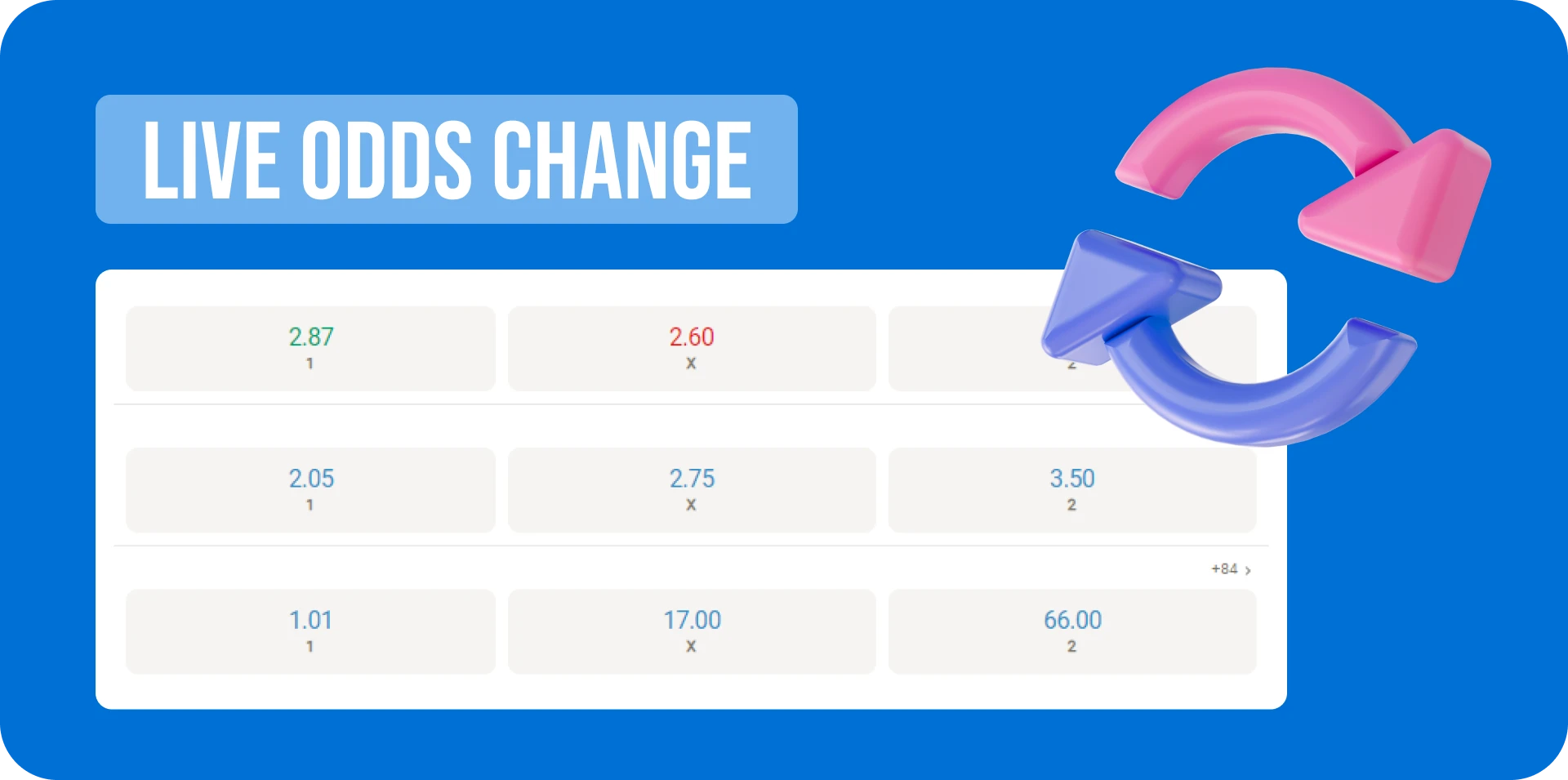



Comments